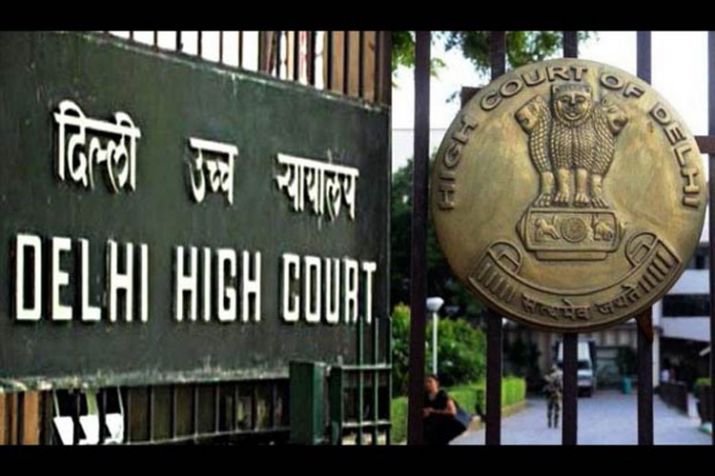
Delhi HC order on PIL against withdrawal of 2,000-rupee notes likely on July 3

The Delhi High Court is likely to pronounce on Monday (July 3) its order on a public interest litigation (PIL) challenging the Reserve Bank of India’s (RBI) decision to withdraw 2,000-rupee banknotes from circulation. A Bench of Chief Justice Satish Chandra Sharma and Justice Subramonium Prasad had reserved its order on the PIL on May 30 after hearing the arguments of counsels for the petitioner and the RBI.
Petitioner Rajneesh Bhaskar Gupta contended in his plea that the RBI has no power to withdraw 2,000-rupee currency notes from circulation and only the Centre could have taken a decision in this regard. He submitted that the RBI has no independent power to direct the non-issue or discontinuance of issue of banknotes of any denominational values and this power is vested only with the Centre under Section 24 (2) of the RBI Act, 1934.
The plea was opposed by the RBI, which said it was only withdrawing 2,000-rupee notes from circulation as a currency management exercise and a matter of economic policy.
Plea dismissed
Earlier, the high court had dismissed the plea by lawyer Ashwini Kumar Upadhyay, which claimed notifications by the RBI and State Bank of India (SBI) enabling exchange of 2,000-rupee banknotes without proof were arbitrary and against the laws enacted to curb corruption, saying it has been done to avoid inconvenience to citizens and the court cannot sit as an appellate authority on a policy decision.
The high court has maintained it cannot be said that the government’s decision is perverse or arbitrary or it encourages black money, money laundering, profiteering or abets corruption.
The instant petition stated that the RBI notification gave no other reason except clean note policy for the big arbitrary decision of withdrawing the 2,000-rupee banknotes from circulation without analysis of the expected problems to the public at large. The RBI has not made clear the benefit to the RBI or national economy after withdrawing the 2,000-rupee banknote from circulation. However, the hardship to the citizens of the country during demonetisation in 2016 is very well known, and withdrawal of the 2,000-rupee notes is not much different from the previous demonetisation, the plea said.
Also Read: More than two-thirds of Rs 2,000 notes have returned: RBI Governor
September 30 deadline
On May 19, the RBI had announced the withdrawal of 2,000-rupee currency notes from circulation, saying the existing banknotes in circulation can either be deposited in bank accounts or exchanged by September 30. The bank notes in Rs 2,000 denomination will continue to be a legal tender, the RBI said in a statement.
To ensure operational convenience and avoid disruption of regular activities of bank branches, the RBI has said that exchange of 2,000-rupee notes into that of other denominations can be made up to a limit of Rs 20,000 at a time at any bank starting from May 23.
In a communication to chief general manager of all its local head offices, the SBI informed that the facility of exchange of 2,000-rupee notes by the public up to a limit of Rs 20,000 at a time will be allowed without obtaining any requisition slip. “Further, no identity proof is required to be submitted by the tenderer at the time of exchange,” the SBI communication dated May 20 said.
(With agency inputs)

